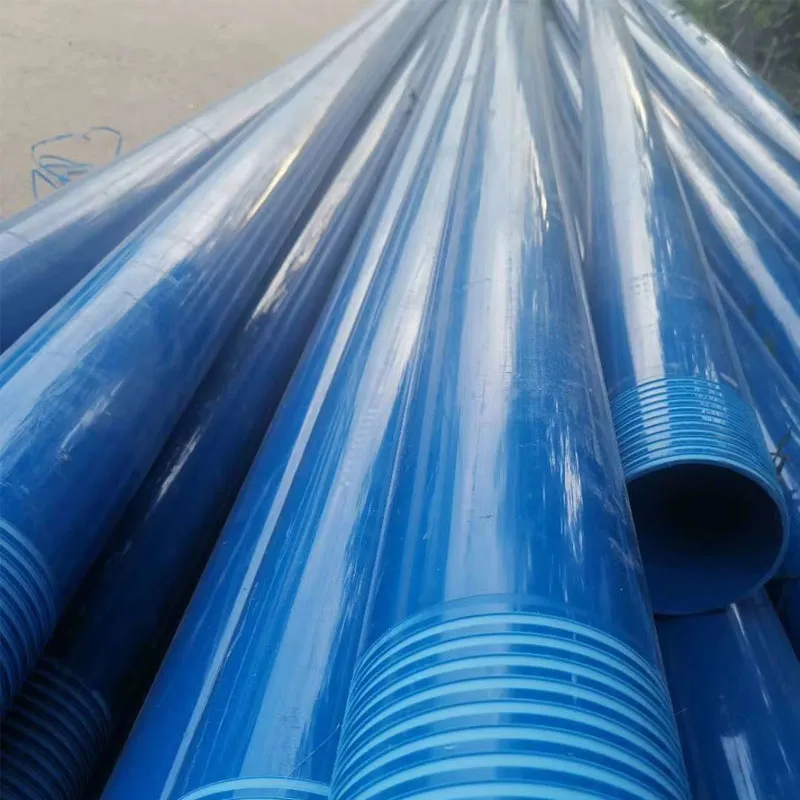Oct . 07, 2024 07:42 Back to list
ppr pipe vs pvc pipe product
PPR Pipes vs. PVC Pipes A Comprehensive Comparison
In the world of plumbing and construction, selecting the appropriate materials can significantly influence the longevity and effectiveness of a system. Two of the most commonly used piping materials are Polypropylene Random Copolymer (PPR) pipes and Polyvinyl Chloride (PVC) pipes. Each has its unique set of characteristics, advantages, and limitations, making it essential to understand the differences between the two for informed decision-making.
Material Composition
PPR pipes are made from polypropylene, a type of thermoplastic polymer. This material is known for its resistance to high temperatures and its durability, making PPR an excellent choice for hot and cold water systems. In contrast, PVC pipes are made from polyvinyl chloride, a synthetic plastic polymer that is widely recognized for its versatility and strength. PVC is often used for cold-water systems, drainage, and venting applications.
Temperature and Pressure Resistance
One of the standout features of PPR pipes is their capability to handle higher temperatures compared to PVC. PPR pipes can withstand continuous temperatures of up to 95°C (203°F), which makes them particularly suitable for hot water transportation. Additionally, PPR has a higher pressure rating than PVC, which enhances its performance in high-pressure environments.
PVC pipes, on the other hand, typically handle temperatures up to around 60°C (140°F). While they can be used in various applications, their limitations in temperature make them less suitable for hot water systems. However, the lower thermal expansion of PVC allows it to maintain its shape and integrity under conditions of fluctuating temperatures.
Installation and Handling
When it comes to installation, both PPR and PVC pipes offer benefits, though their handling and methods differ. PVC pipes are lightweight and easy to cut and join, often requiring solvents for jointing. This makes the installation relatively straightforward, even for DIY projects. However, PVC can become brittle with time or under UV exposure, which may limit its lifespan in certain environments.
ppr pipe vs pvc pipe product

PPR pipes require specialized welding techniques for installation, such as butt-fusion or electrofusion. While this may require more skill and specialized equipment, the welded joints formed are often stronger and more durable than solvent-based joints. Moreover, PPR is resistant to scale and corrosion, minimizing maintenance needs over time.
Environmental Impact
In recent years, the environmental impact of materials has garnered increased attention. PPR pipes are considered more environmentally friendly than PVC pipes, as they are fully recyclable and do not contain harmful chemicals like lead or phthalates. PVC pipes can release harmful toxins during manufacturing and disposal, raising concerns about long-term environmental health.
Cost Considerations
Cost can be a decisive factor when choosing between PPR and PVC pipes. Generally, PVC pipes are less expensive upfront and more widely available, making them an attractive option for budget-conscious projects. However, while PPR pipes may come with a higher initial investment, their durability and heat resistance can lead to lower maintenance and replacement costs over the lifespan of the system.
Conclusion
In the debate of PPR pipes versus PVC pipes, the best choice ultimately depends on the specific needs of the project. PPR pipes excel in high-temperature applications, offer robust strength, and are environmentally friendly, making them an ideal choice for hot water systems and projects requiring durability. Conversely, PVC pipes are cost-effective, lightweight, and easier to install, suitable for a range of general plumbing and drainage applications.
As with any construction material, assessing the project requirements, environmental factors, and budget constraints will guide you in making the right choice between PPR and PVC pipes. Ultimately, understanding the strengths and weaknesses of each material will ensure the longevity and reliability of your plumbing system.
-
High-Quality PVC Borehole Pipes Durable & Versatile Pipe Solutions
NewsJul.08,2025
-
High-Quality PVC Perforated Pipes for Efficient Drainage Leading Manufacturers & Factories
NewsJul.08,2025
-
High-Quality PVC Borehole Pipes Durable Pipe Solutions by Leading Manufacturer
NewsJul.08,2025
-
High-Quality PVC Borehole Pipes Reliable PVC Pipe Manufacturer Solutions
NewsJul.07,2025
-
High-Quality UPVC Drain Pipes Durable HDPE & Drain Pipe Solutions
NewsJul.07,2025
-
High-Quality Conduit Pipes & HDPE Conduit Fittings Manufacturer Reliable Factory Supply
NewsJul.06,2025

